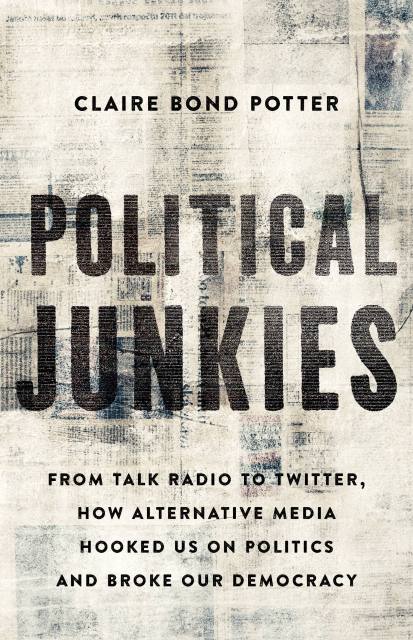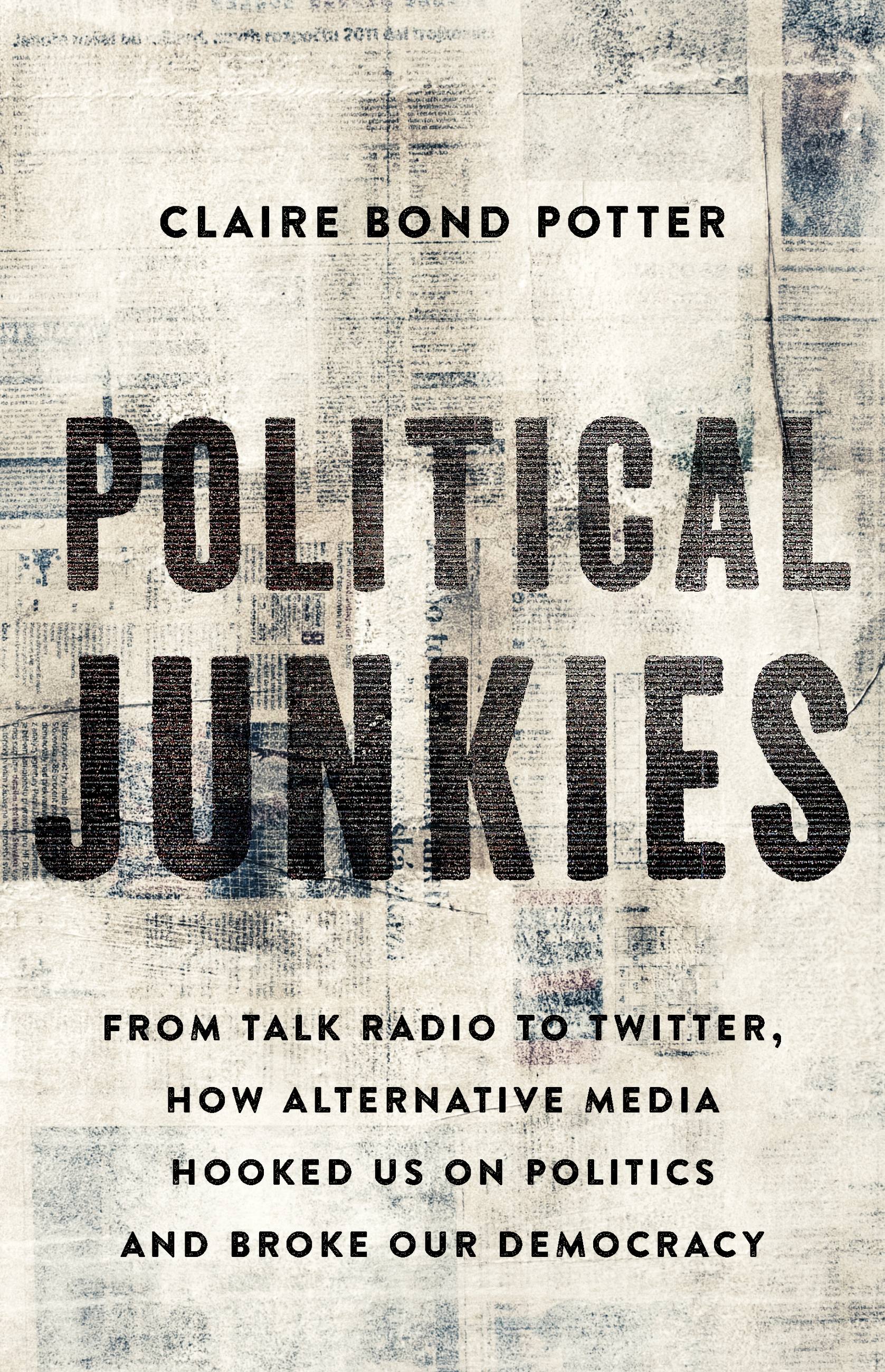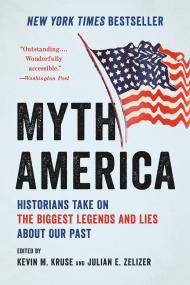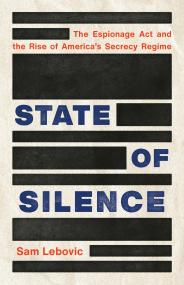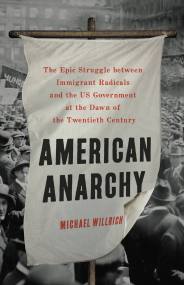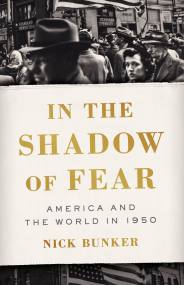Promotion
Use code MOM24 for 20% off site wide + free shipping over $45
Political Junkies
From Talk Radio to Twitter, How Alternative Media Hooked Us on Politics and Broke Our Democracy
Contributors
Formats and Prices
Price
$19.99Price
$25.99 CADFormat
Format:
- ebook $19.99 $25.99 CAD
- Hardcover $32.00 $40.00 CAD
This item is a preorder. Your payment method will be charged immediately, and the product is expected to ship on or around July 7, 2020. This date is subject to change due to shipping delays beyond our control.
Also available from:
A wide-ranging history of seventy years of change in political media, and how it transformed — and fractured — American politics
With fake news on Facebook, trolls on Twitter, and viral outrage everywhere, it’s easy to believe that the internet changed politics entirely. In Political Junkies, historian Claire Bond Potter shows otherwise, revealing the roots of today’s dysfunction by situating online politics in a longer history of alternative political media.
From independent newsletters in the 1950s to talk radio in the 1970s to cable television in the 1980s, pioneers on the left and right developed alternative media outlets that made politics more popular, and ultimately, more partisan. When campaign operatives took up e-mail, blogging, and social media, they only supercharged these trends. At a time when political engagement has never been greater and trust has never been lower, Political Junkies is essential reading for understanding how we got here.
Genre:
- On Sale
- Jul 7, 2020
- Page Count
- 368 pages
- Publisher
- Basic Books
- ISBN-13
- 9781541645004
Newsletter Signup
By clicking ‘Sign Up,’ I acknowledge that I have read and agree to Hachette Book Group’s Privacy Policy and Terms of Use
